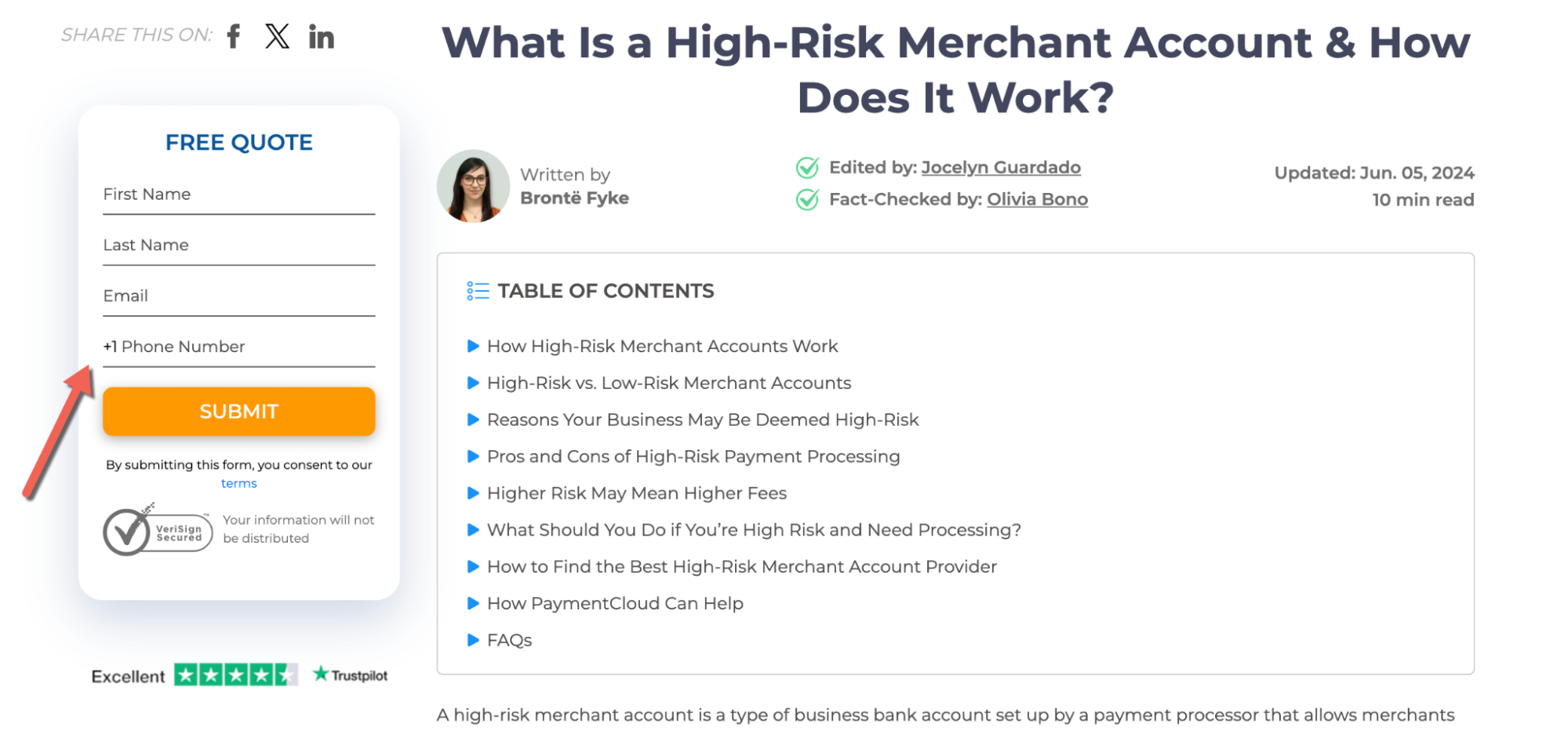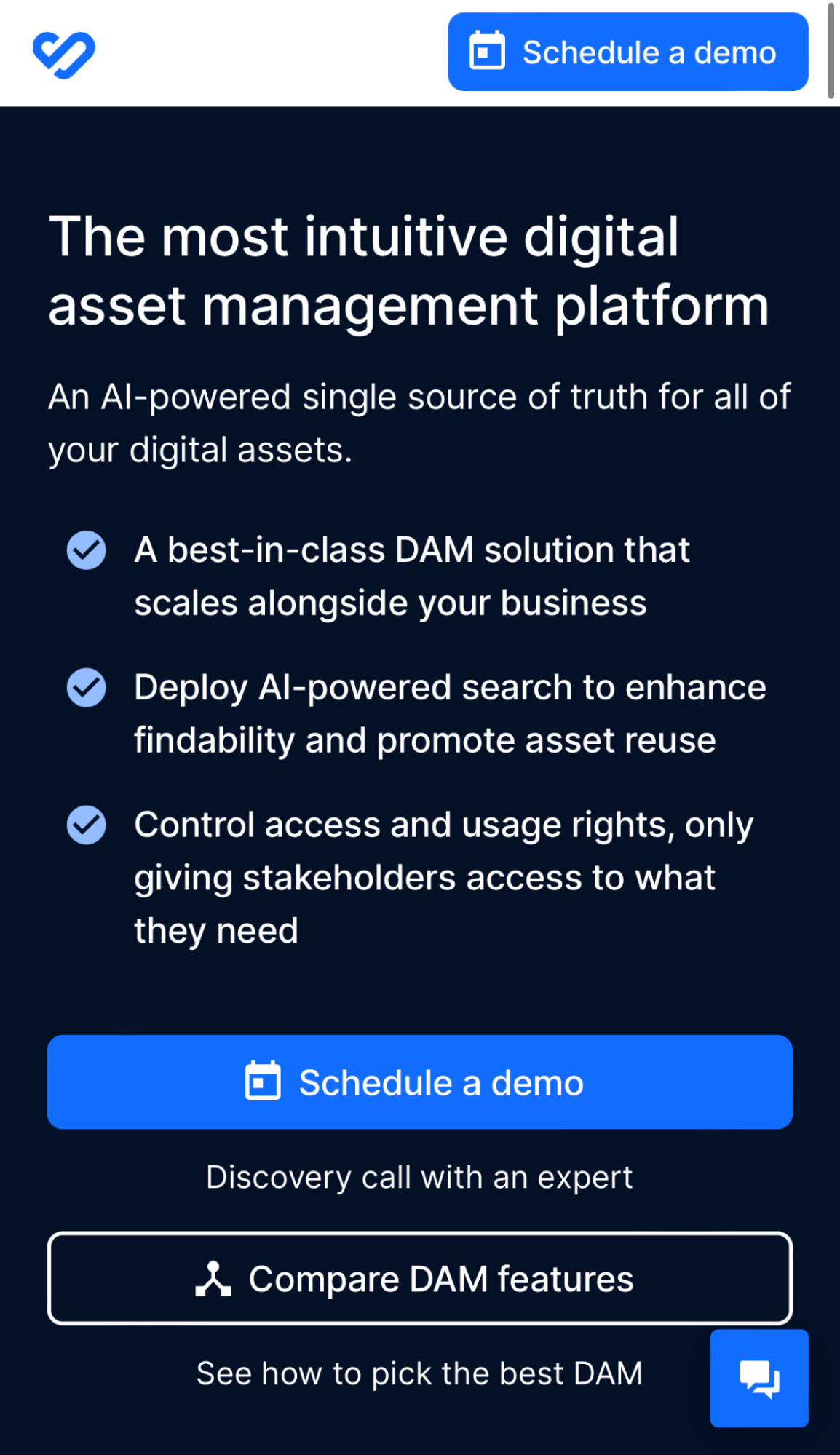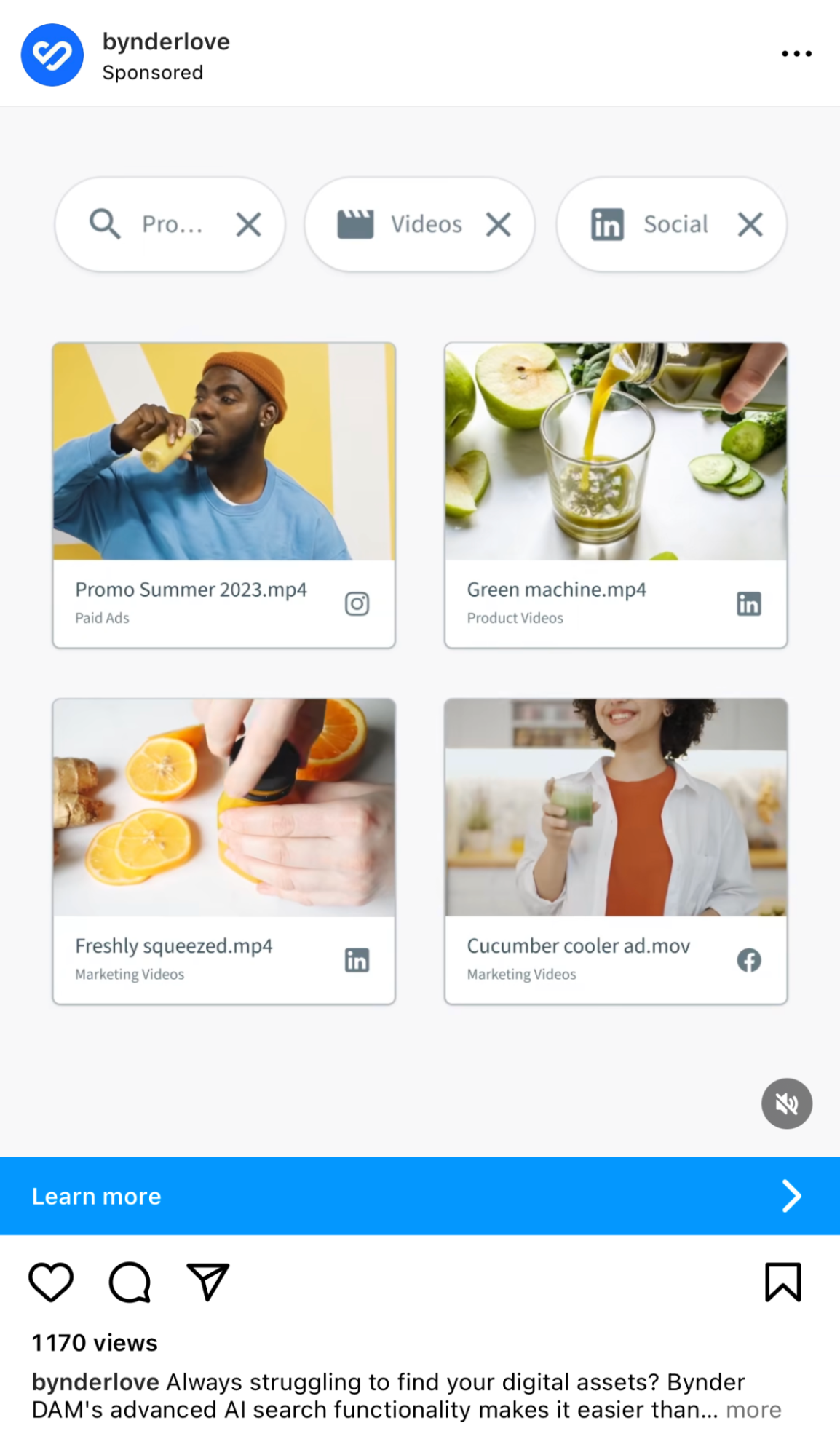Software as a Service (SaaS) companies know the importance of running ads to get trial signups, demos, and paid subscriptions. Despite this, most of them reserve their ad budgets for LinkedIn and Google. Meta is usually an afterthought when, in fact, it should be one of the primary repositories of budget.
Some top SaaS companies, like Hubspot, Stripe, and Adobe, take Meta ads very seriously. Stripe is currently running 200 ads on its Meta ad account, and Adobe has 450.

Do you want to run Meta ads for your SaaS and reach your audience on both Facebook and Instagram? Here’s a tried and tested strategy to follow.
Build an audience with TOFU ads for SaaS
Log in to your Facebook or Instagram account and scroll down while paying attention to the ads. 90% of the ads you’ll see will be BOFU (bottom of the funnel.)
They’re all asking you to buy their stuff. You are competing with all these companies.
So, how can you outcompete these competitors and get customers to click on your ads and buy your stuff?
It’s by displaying thought authority and building a relationship with them.
Instead of serving BOFU ads like everybody else, serve them TOFU (top of the funnel) ads. These are ads to blog posts or other types of ungated content on your website.
If your blog posts are filled with helpful content, people will see you as an authority in the field. They will be more likely to purchase later because they have connected with your content.
If you add the Facebook retargeting pixel to your website, you can then retarget them to a product page where they can sign up for a product that solves the problems you addressed in the blog post.
They will be more likely to subscribe to your paid plan or sign up for a trial because of the thought authority you displayed with your content.
You can also optimize your blog posts for conversion with strategically placed lead magnets, ads, and CTAs. Hubspot does this. For inspiration, check out this post on 20X Your Traffic Using Pinterest.

You can see that there are many CTAs asking people to sign up for a Pinterest template lead magnet. There’s one at the top like in the above screenshot, but they also mention them several times in the body of the post and at the bottom.
Hubspot also amplifies this blog post with Facebook ads like this one:

You can also be more direct and provide CTAs on the blog posts that ask people to sign up for your products.
For an idea, check out this blog post on What is a High Risk Payment Gateway from PaymentCloud. It has CTAs that ask people to sign up to get a quote.

This way some of the traffic you send will directly convert or will sign up for your email list, so you won’t need to retarget them and will save some of your ad budget.
Retarget blog visitors to landing pages
As mentioned above, you can retarget blog visitors to your website with BOFU ads and get them to sign up for a trial or make a purchase.
To get the most out of these ads, make sure you send them to a landing page with one goal instead of sending them to a homepage or a landing page with too many options.
When you have a dedicated landing page with just one goal, your chances of getting a conversion will be significantly higher.
A good example is this landing page from Byner. It focuses on getting people to sign up for a demo.

Bynder uses this Instagram ad to promote the landing page.

Along with retargeting visitors to your website, you might also want to retarget people on your email list. These include people who signed up for a trial, downloaded a lead magnet, churned out, or signed up for a demo.
Of course, you will need to serve different offers and ads depending on what they signed up for. The more relevant your offer is to what they signed up for, the higher your conversion rate will be.
Retarget to lead magnets
No matter how great your BOFU and TOFU ads are, most people won’t sign up or buy your product. However, you can get some of the people who don’t convert to sign up for your email list with MOFU (middle of the funnel) ads.
These are ads that ask people to sign up for a lead magnet, like a white paper, ebook, video course, case study, or email course.
You can nurture these people with more content via email and then pitch your trial directly via email. Of course, you can also retarget these people via ads so they see you everywhere.
For an idea, check out this ad for a free guide from Twilio.

I was on their website recently, but I didn’t purchase anything, so they’re trying to entice me with a guide.
Optimize ads and landing pages
The first two to three weeks of your Meta ad campaign should be dedicated to testing. You need to spend a minimum of $50 per day on multiple ad creatives to determine what works best for you.
This will help you gather a lot of data that you can use to improve your ads. Think of it like a science experiment.
You can then use this data to design better images, write potent copy, and conduct even more tests. You should also conduct these tests on your landing pages and constantly improve the design.
Of course, you should never stop testing, even when you have an effective ad formula or funnel. Top media buyers constantly test and create new ads and funnels to beat the control. Regularly replacing your ad creative will also help prevent ad fatigue.
Target cold traffic
As you conduct the above tests, your ads will begin doing well with the warm ads strategy of combining TOFU, MOFU, and BOFU ads. Once you know that this strategy works and is generating a good return on ad spend, you can work on your cold traffic ads.
The data from the above strategy will help you stay profitable even with cold traffic. The ads probably won’t be as profitable as those targeting warm traffic, but if you are profitable, why not spend it?
Now grow your SaaS with Meta ads
There are a lot of great platforms, such as YouTube, Out Brain, LinkedIn, and Google, to run ads on for your SaaS business. However, Meta should be a top priority, as you can target billions of people on both Facebook and Instagram. It is also much easier to get the creative right on Facebook.
Once you get this right, you can incorporate other networks into your ad strategy. You will also notice that when you run Facebook ads, more businesses will find you through Google as they will look up your company name. So, make sure you run Google search ads targeting your brand names while simultaneously running Facebook ads.



